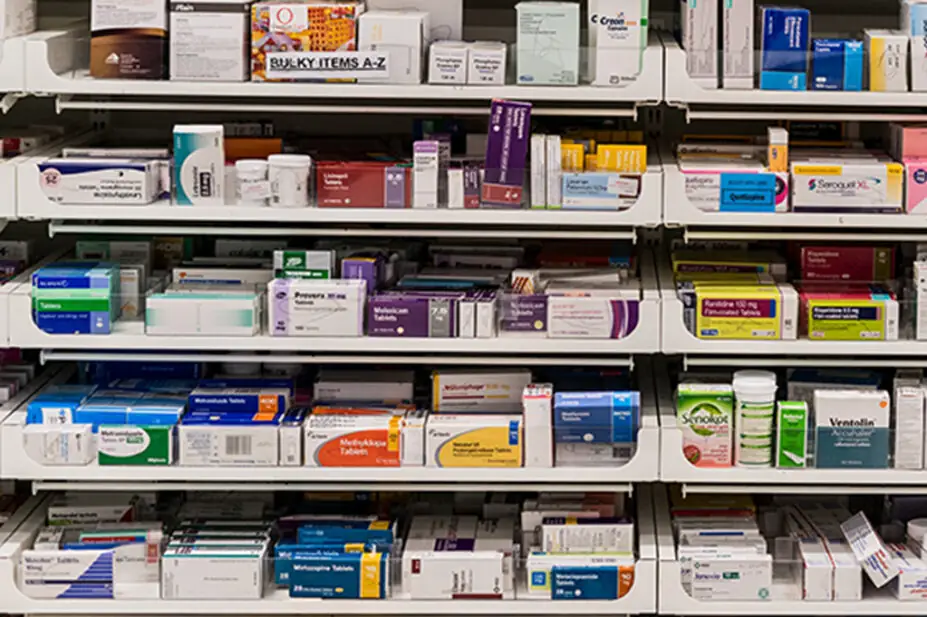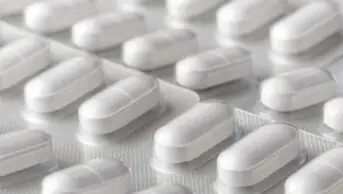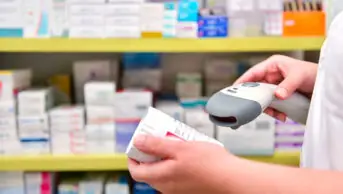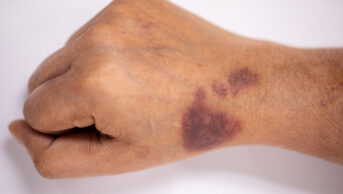
Shutterstock.com
Manufacturers repaid £597m in the first three months of the new ‘Voluntary scheme for branded medicines pricing, access and growth’ (VPAG), according to government meeting minutes.
The minutes were published by the Department of Health and Social Care (DHSC) in October 2024 following a meeting in July 2024 to review the scheme after its first six months.
The VPAG came into force on 1 January 2024 after the previous scheme expired on 31 December 2023.
In the first three months of the new scheme, Richard Mattison, head of branded medicines pricing operations at the DHSC, told the meeting that “eligible sales for [quarter one of] 2024 were just over £3bn, with resulting payments back to the NHS by industry of £597m”.
While the repayment is lower than the quarterly payments made in 2023, which averaged at £783m per quarter, a spokesperson for the Association of the British Pharmaceutical Industry (ABPI) told The Pharmaceutical Journal that it was still larger than all quarterly payments under VPAS between 2019 and 2022.
In the ABPI’s own report on the VPAG, published on 4 October 2024, the organisation said that “good progress” had been made in the first six months of the scheme, with more clarity expected following the confirmation of ‘reference price data’.
Under the new VPAG scheme, the amount that companies are expected to repay for old and for new medicines differs, using a new affordability mechanism.
This means repayment rates on the sales of newer products to the NHS is based on sales growth, with the level of annual growth capped and any revenue exceeding this cap to be repaid.
Repayment rates for older medicines is based on a historic ‘reference price’ that is identified by the DHSC. This means that older medicines that have not experienced price reductions will have to pay a top-up rate of up to 25% on the levy. This top-up rate will taper down when the prices of older medicines reduce.
“In the first six months of the scheme, identifying these reference prices has been a huge and complex exercise for the DHSC and NHS England,” the ABPI report says, but adds that as of September 2024, companies had received the bulk of this data.
The ABPI report warns that “early reports from companies suggest that the viability of some medicines will be under review”.
“After factoring in ‘older medicine’ payment rates, some medicines may no longer be viable to provide to the NHS at their current price. This could, in turn, lead to market withdrawals, less competition, risk supply issues, or lead to price increases to the NHS,” it says.
A spokesperson for the ABPI told the Pharmaceutical Journal that the viability of older medicines may be at risk because margins on older medicines “can often be very low”.
“Particularly when you factor in that companies often provide substantial discounts to the NHS before VPAG payments. Because of the newer/older medicines split that VPAG makes, rebate rates for some older medicines may be as high as 35%,” they said.
“A number of these medicines have historically been sold to the NHS at confidential discounts from their list prices, which will compound this further. As pricing data for all older products had not been shared at the time of the last review, it was impossible to say what the impact of this would be. However, it is an issue ABPI is monitoring closely, and we hope to have a better idea of any likely impact in the coming months.”
According to the DHSC meeting minutes, Noah Kidron-Style, deputy director of medicine pricing at the DHSC, said: “Data sharing is part of an ongoing and collaborative process with companies and that the department’s priority is ensuring that companies have confidence in the process followed and the data produced.
“While companies will have a period of 45 days to query data, they can also apply to extend this by a further 15 days by writing to the department.”


